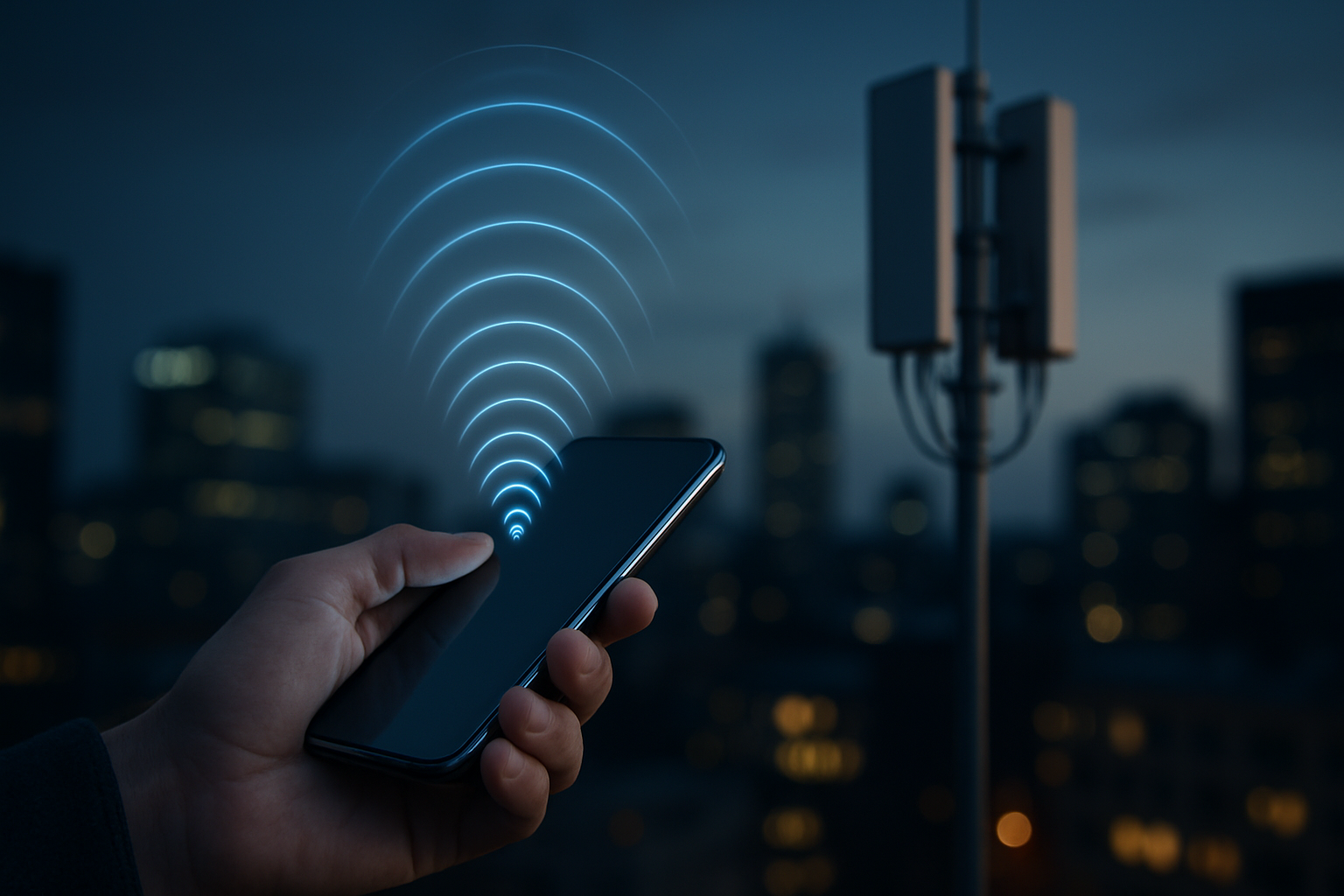The Silent Revolution of Millimeter Wave Technology
In a world where connectivity is king, a groundbreaking innovation is quietly reshaping the landscape of wireless communication. Millimeter wave technology, once relegated to niche applications, is now poised to revolutionize how we connect, communicate, and consume data. This cutting-edge advancement promises to unlock unprecedented speeds and capacities, potentially transforming industries and redefining our digital experiences. But what exactly is millimeter wave technology, and how will it impact our increasingly connected world?

The key advantage of mmWave lies in its ability to carry massive amounts of data at incredibly high speeds. This is due to the shorter wavelengths of these high-frequency signals, which allow for more data to be packed into each transmission. However, these same characteristics also present challenges, as mmWave signals have limited range and are easily obstructed by physical barriers like walls and even atmospheric conditions.
The Path to Commercialization
The journey of mmWave technology from theoretical concept to practical application has been long and winding. Early research into mmWave communications dates back to the 1890s, but it wasn’t until the late 20th century that serious consideration was given to its potential for wireless communications.
In the 1990s and 2000s, mmWave found its first commercial applications in specialized fields such as automotive radar systems and point-to-point wireless backhaul. These early use cases demonstrated the technology’s potential but were limited in scope due to the high cost and complexity of mmWave equipment.
The true breakthrough came with advancements in semiconductor technology and signal processing techniques. These developments made it possible to overcome many of the inherent challenges of mmWave propagation, paving the way for broader applications in consumer and enterprise markets.
Transforming Wireless Networks
As the demand for mobile data continues to skyrocket, traditional cellular networks are struggling to keep up. MmWave technology offers a solution to this capacity crunch by providing access to vast amounts of previously unused spectrum. This translates to significantly higher data rates and lower latency, enabling a new generation of bandwidth-intensive applications.
In urban environments, mmWave can be used to create ultra-dense networks capable of supporting thousands of simultaneous connections within a small area. This is particularly valuable in crowded spaces like stadiums, airports, and city centers, where current networks often become overwhelmed during peak usage times.
Moreover, mmWave technology is not limited to mobile networks. It has the potential to revolutionize fixed wireless access, providing a viable alternative to fiber-optic broadband in areas where laying physical cables is impractical or cost-prohibitive.
Overcoming Technical Hurdles
Despite its immense potential, mmWave technology faces several technical challenges that must be addressed for widespread adoption. The limited range and susceptibility to obstruction require innovative solutions in network design and deployment.
One approach is the use of massive MIMO (Multiple-Input Multiple-Output) antenna arrays, which can focus mmWave signals into narrow beams. These beams can be electronically steered to follow mobile users, improving coverage and overcoming some of the propagation limitations.
Another critical development is the implementation of advanced beamforming techniques. By precisely controlling the phase and amplitude of signals from multiple antennas, beamforming allows for the creation of highly directional transmissions that can penetrate obstacles and extend the effective range of mmWave systems.
Industry Impact and Future Applications
The implications of mmWave technology extend far beyond faster smartphones and improved Wi-Fi. As this technology matures, it has the potential to enable a wide range of new applications and services across various industries.
In healthcare, high-bandwidth mmWave links could support real-time transmission of high-resolution medical images and facilitate remote surgeries. The manufacturing sector could benefit from ultra-reliable, low-latency communications for industrial automation and control systems. Smart cities could leverage mmWave networks to support massive sensor deployments for everything from traffic management to environmental monitoring.
Perhaps most excitingly, mmWave technology could play a crucial role in emerging fields like augmented and virtual reality. The high data rates and low latency offered by mmWave communications are essential for creating immersive, real-time experiences that blur the line between the physical and digital worlds.
Conclusion: A New Era of Connectivity
As we stand on the cusp of a new era in wireless communication, millimeter wave technology represents a paradigm shift in how we think about connectivity. Its ability to deliver unprecedented speeds and capacity has the potential to unlock innovations we have yet to imagine.
While challenges remain, the ongoing research and development in this field are rapidly bringing mmWave technology closer to widespread commercial adoption. As these systems become more robust and cost-effective, we can expect to see a proliferation of new services and applications that leverage the unique capabilities of mmWave communications.
The silent revolution of millimeter wave technology is well underway, promising to reshape our digital landscape and open up new frontiers in connectivity. As this technology continues to evolve, it will undoubtedly play a pivotal role in shaping the future of telecommunications and beyond.





